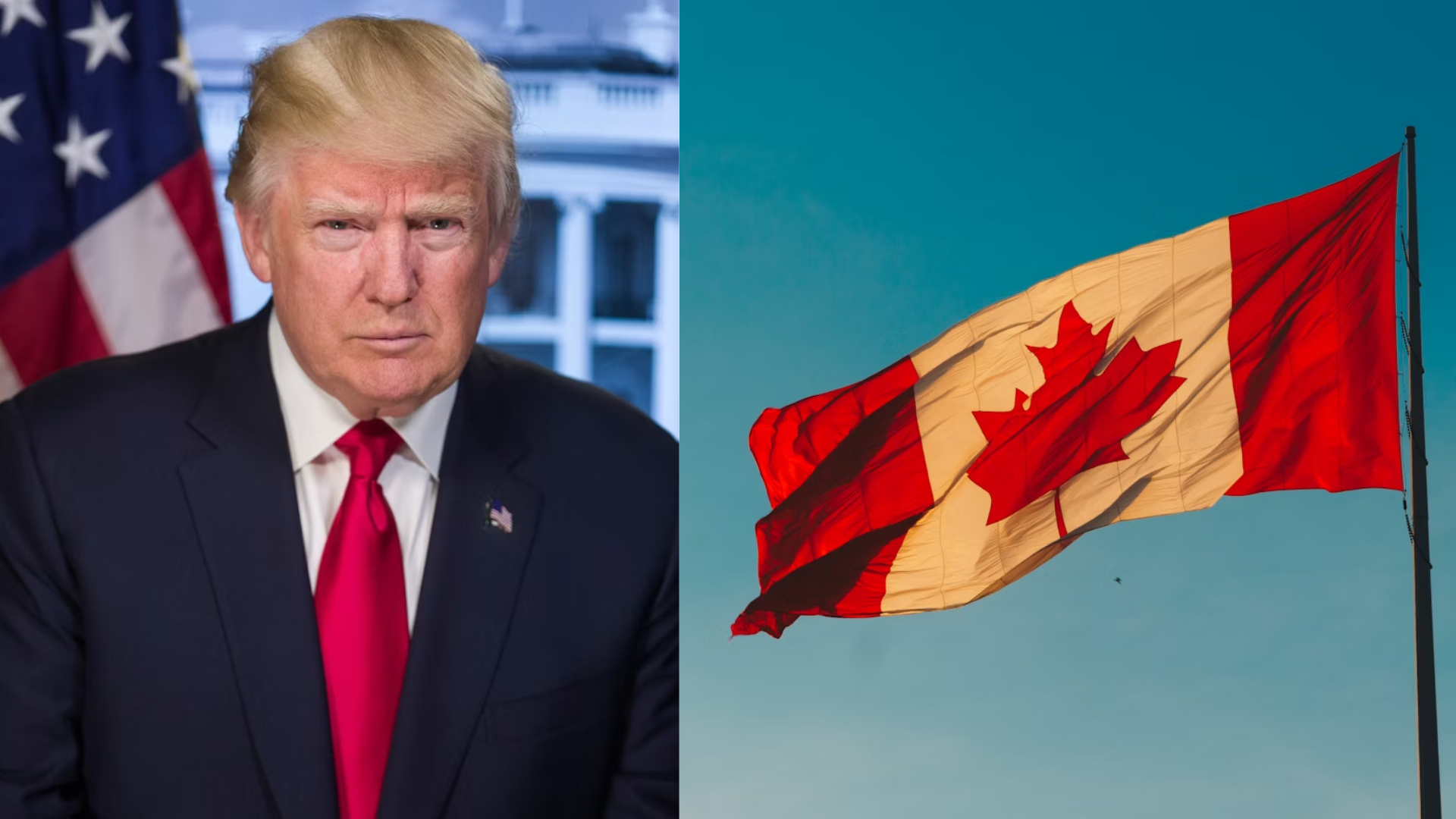Gold prices slipped on Monday, pressured by a stronger US dollar and improving US-China relations that reduced demand for safe-haven assets. Spot gold remained under $2,350 an ounce, retreating as risk appetite returned to global markets and investors favored equities over precious metals.
The greenback’s strength made gold more expensive for overseas buyers, further weighing on prices. Optimism over diplomatic progress between Washington and Beijing boosted market sentiment, easing concerns that had previously supported gold’s rally. As tensions eased, traders scaled back positions in traditional safe-haven investments.
Stronger-than-expected US economic data also fueled speculation that the Federal Reserve may keep interest rates higher for longer, reinforcing the dollar’s upward momentum. Higher rates tend to hurt non-yielding assets like gold, adding to the headwinds for the precious metal. The resilient US economy has become a key theme in currency and commodities markets this month.
In contrast, demand for gold from major markets such as China and India has shown signs of softening, with physical premiums easing after months of strong buying. A pullback in central bank purchases, which had previously been a major source of demand, has also contributed to gold’s struggle to maintain recent highs.
Analysts noted that without a fresh trigger for safe-haven buying, gold could remain subdued in the near term. Market participants are now closely watching upcoming US inflation readings and central bank commentary for signals on future policy moves that could impact both the dollar and gold.
With easing geopolitical risks, a firm dollar, and resilient US economic indicators, gold’s short-term outlook remains capped, barring any major shifts in global financial markets. Traders are positioning cautiously ahead of key economic releases later this week that could set the tone for the next moves in both currencies and commodities.
















